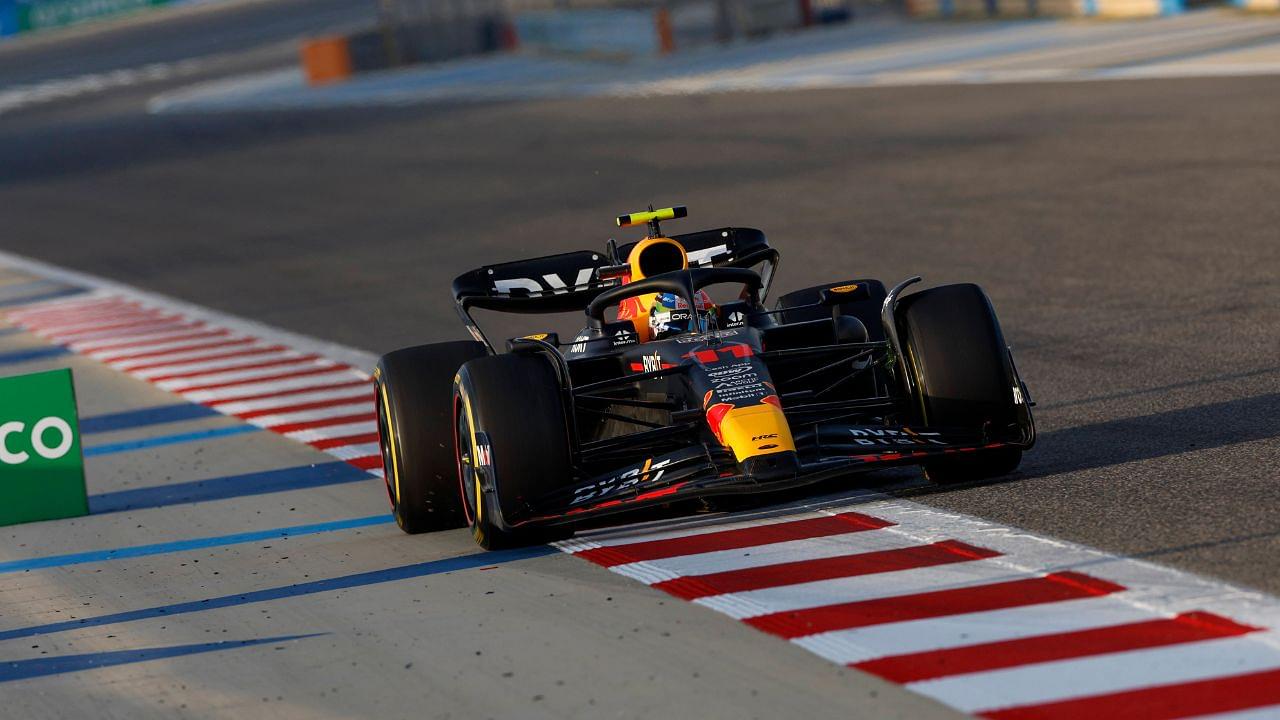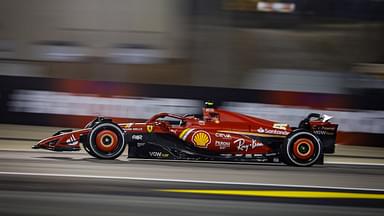Pre-season testing is one of the most exciting times of the year for F1 fans. It means that real racing action is right around the corner. But what it also means is that, finally, we can see the brand-new challengers out on the track.
Discussions and debates over which team looks the best, and which team made the biggest strides rage on in the coming days.
From the team’s perspective, stating that pre-season testing is crucial would be an understatement. A lot of work goes on behind the scenes and with just a few weeks left until 2024 F1 pre-season testing gets underway, let us take a look at what the outfits are gearing up for.
What is F1 pre-season testing?
This year’s pre-season testing is a three-day affair that kicks off on the 21st of February and will last until the 23rd of February. All 10 teams will test their new cars out, and try and get as much technical output out of them as possible.
Of course, the teams have an idea of what to expect because they worked tirelessly over the last few months to develop the best challenger possible with the resources at their disposal.
Over and out from F1 pre season testing pic.twitter.com/y17wYxBKBZ
— WTF1 (@wtf1official) February 25, 2023
In addition to noting down their strengths, F1 teams also work on chalking down their weaknesses. They make a note of what they can improve on, and continue to work on it as the season progresses.
What rules do teams have to follow?
The most important thing for teams is to monitor how much time they spend out on the track. The official timings for the sessions on each day are from 10:00 to 19:00 local time in Bahrain. But, there will be one one-hour break that divides the morning session from the evening session.
Usually, teams have one driver for one session, but they can make alterations to that. However, having a single driver push for eight hours in one day does not make sense, when they can divide the time.
Teams want as much time out on track as possible, with some of them covering over 100 laps in a day. That is unless there are obstructions or disturbances out on the track, for example, a red flag.
What do F1 teams check during this testing?
There are several aspects of an F1 car that need to be perfected for teams to chase their targets this season. The chassis they built – is it nimble enough or not? Their aerodynamic flow – does it help them in all kinds of conditions?
Often they use aero rakes and fluorescent vis flow paint on the car to determine the aerodynamic characteristics of the cars. The engineers use this data to correlate with their simulator, CFD, and wind tunnel results on whether things are working as they expected or not. So many questions to answer, and not enough time.
Yes, even three whole days of eight-hour sessions seem small for some teams. They also check other things on a macro-level, for example, if their engine seems reliable, or fast enough.
24 races in 2024 with big steps forward in regionalisation
Introducing next year’s Formula 1 calendar ️#F1 pic.twitter.com/JTSWJL29yH
— Formula 1 (@F1) July 5, 2023
At the same time, they want to make sure that their drivers don’t make any mistakes that could cause damage to the cars. With a tight budget cap, teams would ideally avoid spending big sums, even before the campaign gets underway.








